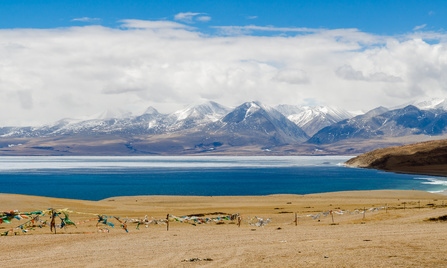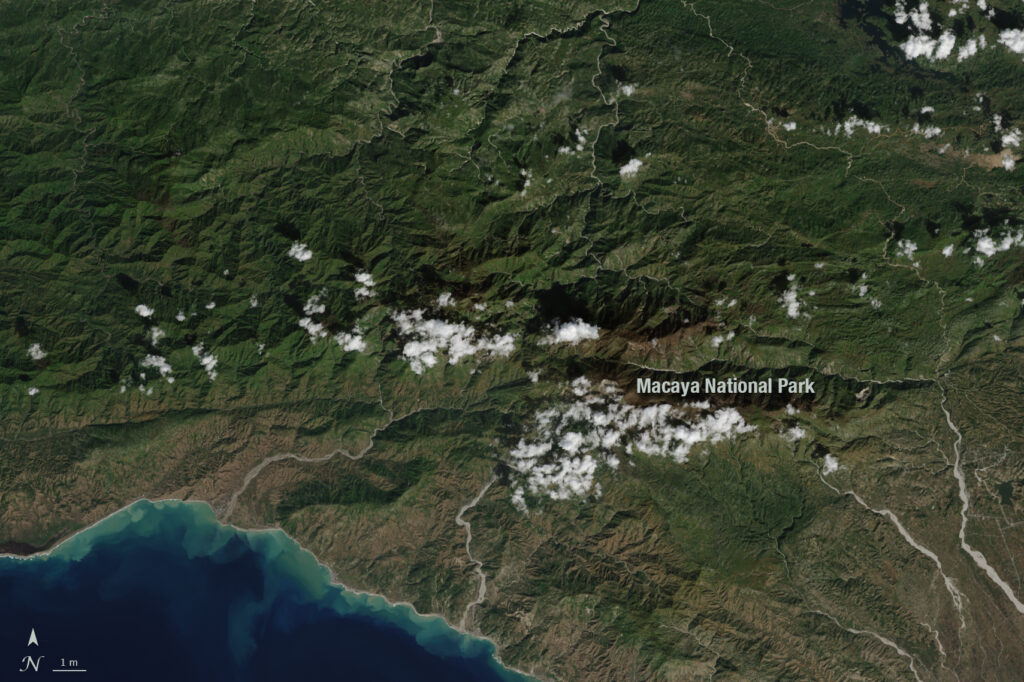
By Laura E.P. Rocchio
Huazhong Ren, from Peking University, and his colleagues have been studying changes in Tibetan Plateau lakes. This afternoon at #AGU16, he presented his results. Here is what he shared with us:
Presentation Title
Rapid increase of lakes in Tibetan Plateau
What are the major findings of this research?
We found that the lakes in the Tibetan Plateau increased by 27.1% in the surface area and the number of lakes increased by 48.1% during the past three decades. Temperature increases and glaciers retreat in this plateau may be the most important driving factors of such lake changes.
What are the implications of your findings?
The findings can reflect the impact of global climate change on the Tibetan Plateau and improve our understanding water cycle changes happening in this region.
What insight did you gain from Landsat that would have been impossible to glean otherwise?
The long-team observations (more than 30 years) of the Landsat series of images at 30m ensure our work—other satellites have no such available images from the late 1900s.
What lake changes on the Tibetan Plateau were most surprising to you?
Based on the lake results in six stages (1990, 1995, 2000, 2005, 2010, 2015), we found that the number of lakes and water surface area changed much faster than expected.

Co-authors:
Wenjie Fan
Peking University
Yanjuan Yao
Satellite Environment Center, Ministry of Environmental Protection, Beijing, China
Dingfang Tian
Peking University
Bo MA
Peking University
Rongyuan LIU
China Aero Geophysical Survey and Remote Sensing Centre for Land and Resources
Qiming Qin
Peking University
Anyone can freely download Landsat data from the USGS EarthExplorer or LandsatLook.
Further Reading:
+ Landsat Abounds at #AGU16






